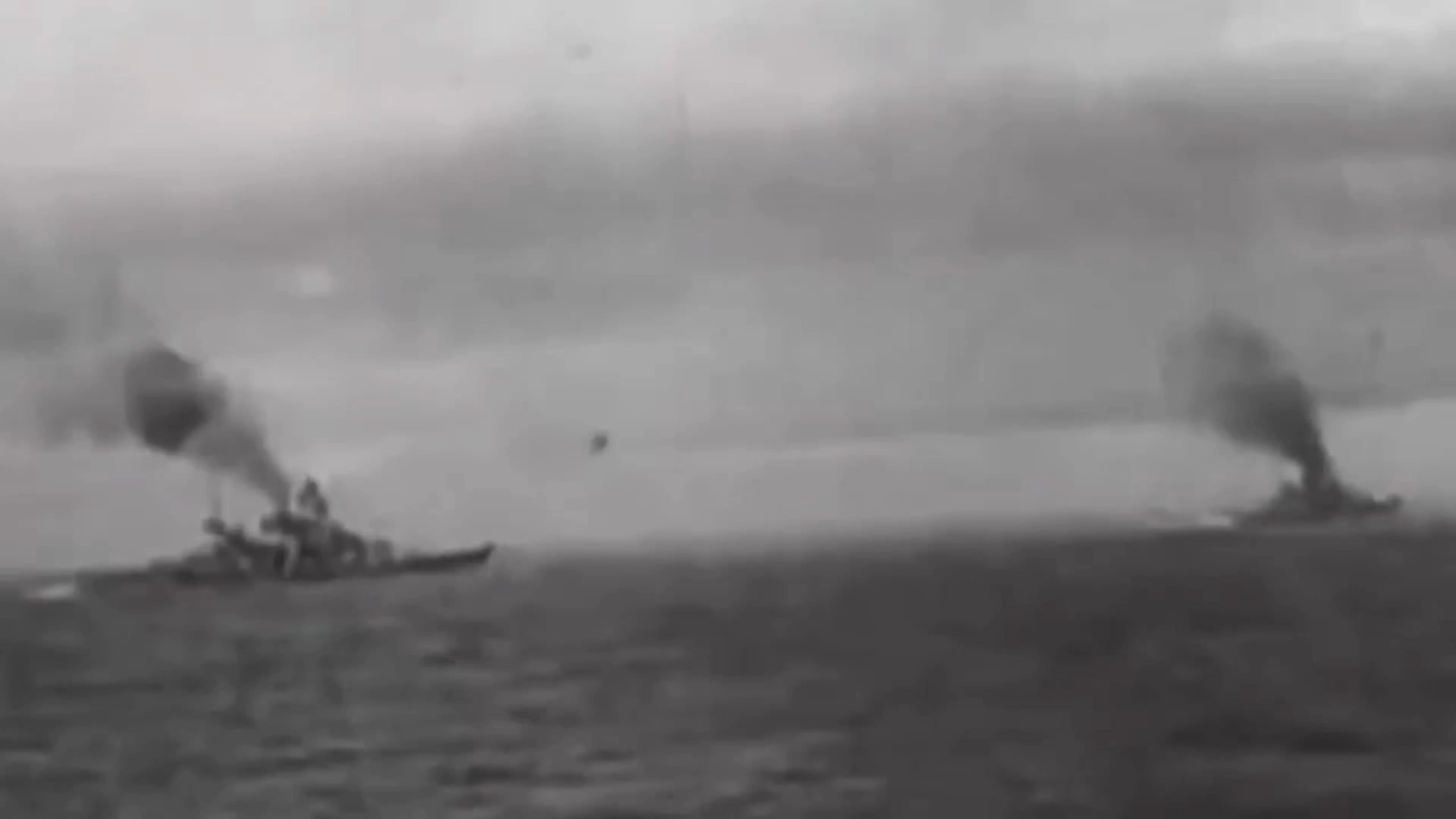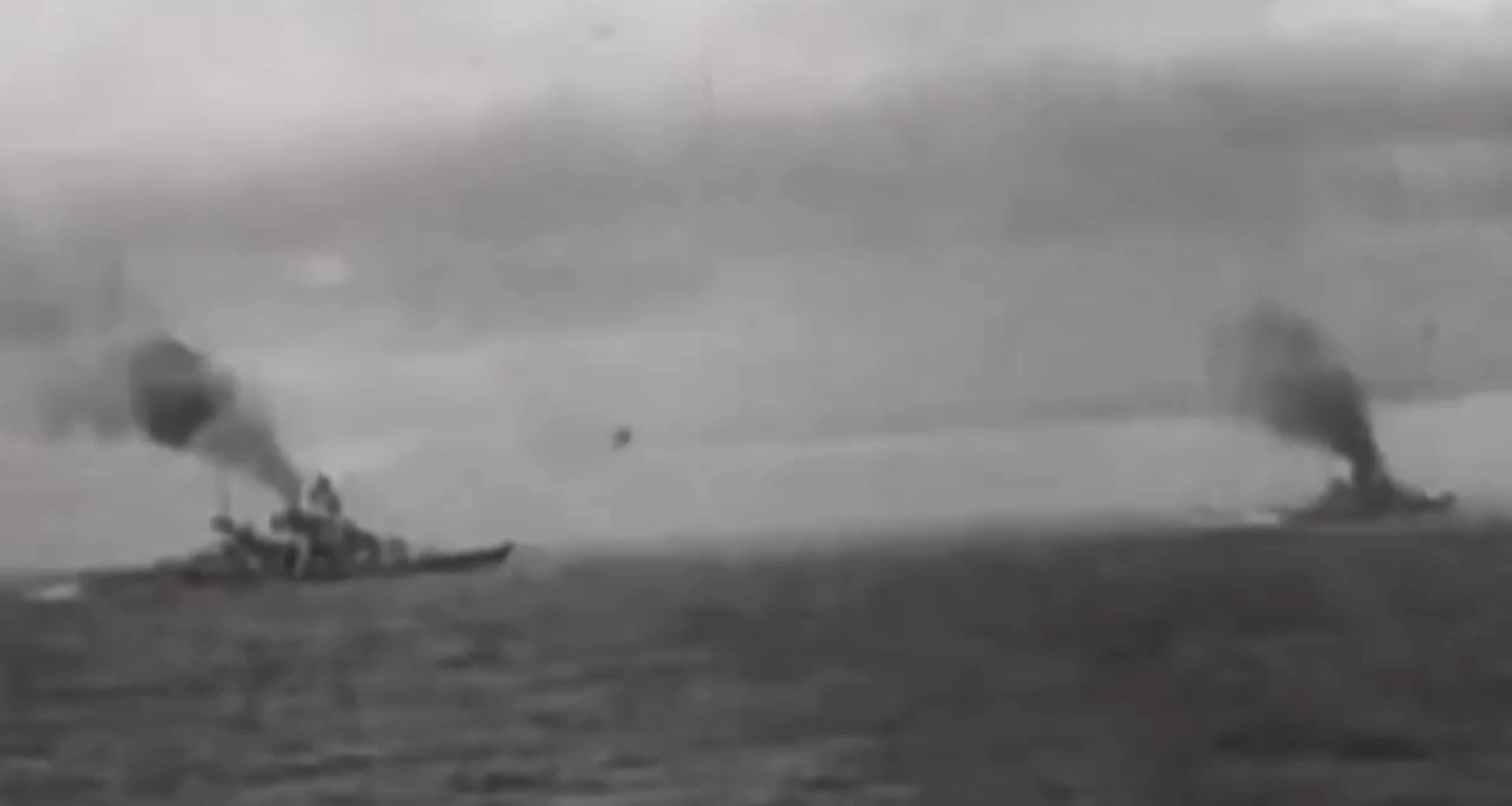
The sinking of British Aircraft carrier HMS Glorious and destroyer escorts by German battlecruisers KMS Scharnhorst & KMS Gneisenau. June 8, 1940
by SmokingBlackSeaFleet

The sinking of British Aircraft carrier HMS Glorious and destroyer escorts by German battlecruisers KMS Scharnhorst & KMS Gneisenau. June 8, 1940
- 04.10.2025
6 comments
As an American, I sometimes forget how much absolutely crazy stuff happened in world war II before the US got involved
On 8 June 1940, HMS Glorious and her destroyer escorts, HMS Ardent and HMS Acasta, were intercepted in the Norwegian Sea by the German battlecruisers Scharnhorst and Gneisenau.
The German battleships were ordered to attack the British base at Harstad and support the German advance towards Narvik. Whilst preparing to attack on 7 June, the German commander realized the British were evacuating Norway and instead of attacking Harstad, he chose to intercept the evacuation convoys on 8 June. During the morning of 8 June some ships were intercepted but no convoy was found. The German force then split up. Admiral Hipper and the four destroyers were sent to Trondheim to refuel and then provide artillery support for the German force advancing to Narvik.
Scharnhorst and Gneisenau continued to search for convoys in the Norwegian Sea. At 15:45 a lookout at the highest platform on Scharnhorst sighted a dust cloud, and then the mast of Glorious at a distance of 46 km (29 mi). The German battleships gave chase immediately and at 16:10 the two escorting destroyers, Acasta and Ardent were detected as well.
The British spotted the German ships shortly after 16:00 and Ardent was dispatched to investigate. Glorious did not alter course or increase speed. Five Swordfish were ordered to the flight deck and Action Stations were ordered 16:20. No combat air patrol was being flown, no aircraft were ready on the deck for quick take-off and there was no lookout in Glorious’s crow’s nest. Scharnhorst opened fire on Ardent at 16:27 at a range of 16,000 yards (15 km), causing the destroyer to withdraw, firing torpedoes and making a smoke screen. Ardent scored one hit with her 4.7-inch guns on Scharnhorst but was hit several times by the German ships’ secondary armament and sank at 17:25.
Scharnhorst switched her fire to Glorious at 16:32 and scored her first hit six minutes later on her third salvo, at a range of 26,000 yards (24,000 m), (or 15 miles), when one 28.3-centimetre (11.1 in) hit the forward flight deck and burst in the upper hangar, starting a large fire. This hit destroyed two Swordfish being prepared for flight and the hole in the flight deck prevented any other aircraft from taking off. Splinters penetrated a boiler casing and caused a temporary drop in steam pressure. At 16:58 a second shell hit the homing beacon above the bridge and killed or wounded the captain and most of the personnel stationed there. Ardent’s smokescreen became effective enough to impair the visibility of the Germans from about 16:58 to 17:20 so they ceased fire on Glorious.
Glorious was hit again in the centre engine room at 17:20 and this caused her to lose speed and commence a slow circle to port. She also developed a list to starboard. The German ships closed to within 16,000 yards and continued to fire at her until 17:40.
Glorious sank at 18:10, approximately at 68°38′N 03°50′E.
As the German ships approached Glorious, Acasta, which had been trying to maintain the smokescreen, broke through her own smoke and fired two volleys of torpedoes at Scharnhorst. One of these hit the battleship at 17:34 abreast her rear turret and badly damaged her. Acasta also managed one hit from her 4.7-inch guns on Scharnhorst, but was riddled by German gunfire and sank at around 18:20.
Resulting in the deaths of 1,531 British sailors, marines, and airmen.
Du haben boot kaputt gemacht
Pat Jameson was one of only seven men and one of only two pilots to survive the sinking of HMS Glorious.
He lived to see the end of Germany up close and personal.
By 1945, Jameson commanded Hawker Tempest-equipped No. 122 Wing RAF. The Wing followed the Allied advance into Germany, transferring to successive abandoned Luftwaffe air bases as it went – Volkel, Rheine-Hopsten, Fassberg, Kastrup, and Flensburg.
https://en.m.wikipedia.org/wiki/Patrick_Jameson
There’s a sad back story regarding this tragedy. The captain of the Glorious hated the ship’s senior pilot and couldn’t wait to return to England to have him courtmartialed, so he ordered all the planes to be moved below deck and thus had no early warning about the presence of the German ships. Another example of how incompetent commanders and generals can insinuate themselves into high-ranking positions peacetime militaries and then get many good men killed when war breaks out.
FYI: “KMS” is a made-up term that didn’t exist during WW2. German WW1 warships used “SMS” (“Seiner Majestäts Schiff” analogous to “His Majesty’s Ship”), but WW2 warships didn’t use any such prefix. That practice ended with the German Empire and was already deprecated during the time of the Weimar Republic.
Comments are closed.